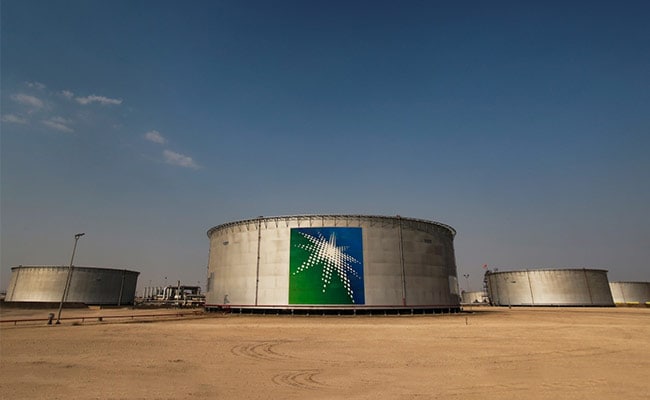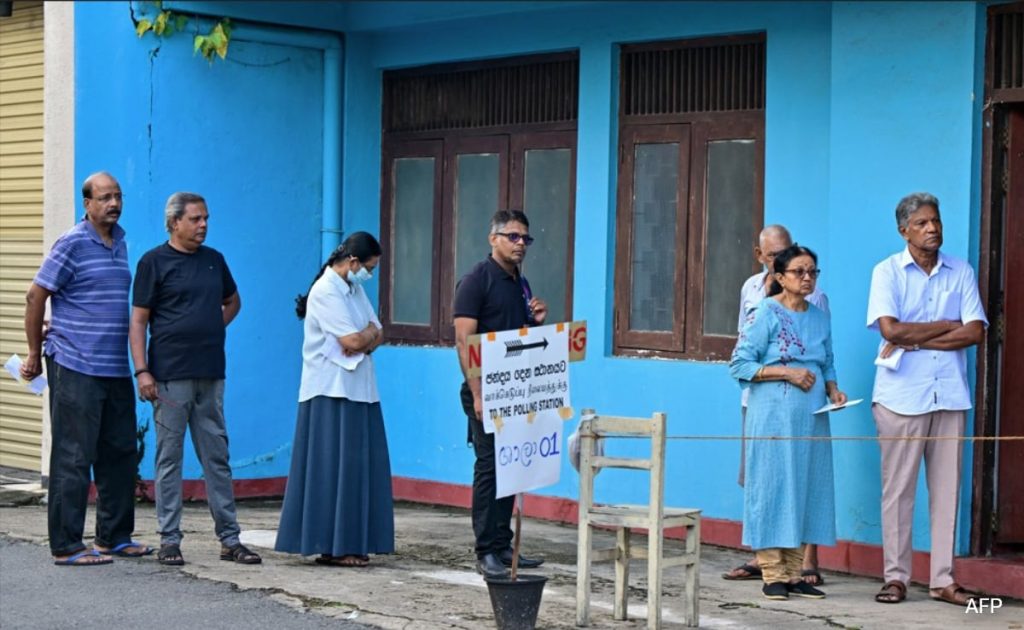Energy giant Saudi Aramco reported a 15 percent year-on-year drop in third quarter profit on Tuesday, citing low oil prices.
The fall in net income to $27.56 billion this year from $32.58 billion in 2023 “was mainly due to the impact of lower crude oil prices and weakening refining margins”, the firm said in a statement posted to the Saudi stock exchange.
Saudi Arabia, the world’s biggest crude exporter, is currently producing roughly nine million barrels per day (bpd), well below its capacity of 12 million bpd.
This reflects a series of output cuts since October 2022.
“Aramco delivered robust net income and generated strong free cash flow during the third quarter, despite a lower oil price environment,” chief executive Amin Nasser said in a statement.
Aramco is the jewel of the Saudi economy and the main source of revenue for Crown Prince Mohammed bin Salman’s Vision 2030 reform agenda, which aims to set the Gulf kingdom up for a prosperous post-oil future.
Its profits help finance flagship projects including NEOM, the planned futuristic mega-city being built in the desert, a giant airport in Riyadh and major tourism and leisure developments.
Aramco reported record profits in 2022 after Russia’s invasion of Ukraine sent oil prices soaring.
But its profits dropped by a quarter last year because of lower oil prices and production cuts.
Profits were down 14.5 percent in the first quarter of this year and 3.4 percent in the second quarter.
Armed conflict in the Middle East, including direct strikes between Iran and Israel, has fuelled some market volatility but has not driven up oil prices.
Brent, the international benchmark, was priced at about $75 per barrel on Tuesday.
That is well below the $96.2 mark the International Monetary Fund said in April would be Saudi Arabia’s fiscal break-even oil price at current production levels.
“The markets appear to be dismissing geopolitical risk in the Middle East, so anything short of an actual supply disruption” will be unlikely to exert upward pressure on prices, said Amena Bakr, senior research analyst at Energy Intelligence.
“So far there have been no supply disruptions.”
US President Joe Biden in October said Israel should consider “other alternatives than striking oil fields” in its attacks on Iran.
“Some in the market believe that ahead of the US elections, there has been an effort to keep prices low,” Bakr said, referring to Tuesday’s vote.
– Lower expectations –
The year-on-year drop in Aramco’s profits “isn’t coming as a surprise to the government which has already revised down revenue expectations for this year based on weakening oil markets”, said Jamie Ingram, senior editor at the Middle East Economic Survey.
On Sunday Saudi Arabia and seven other members of the OPEC+ group of oil-producing nations said they were extending a 2.2 million-barrel reduction announced in November 2023 by another month, until the end of December.
“When it comes to oil production policy, they’ll be trying to assess what will ultimately bring in the most revenue,” Ingram said.
“Is it maximising volumes or maximising prices? For now, the strategy remains the latter.”
The Saudi finance ministry said in September it expected a budget deficit of 2.3 percent of GDP in 2025 and for deficits to continue through 2027.
Aramco announced last year it would start paying a performance-based dividend in addition to its base dividend.
Its statement on Tuesday said the company would maintain its $20.3 billion base dividend for the third quarter and pay out a $10.8 billion performance-linked dividend for the fourth quarter.
The government’s stake in Aramco, one of the world’s biggest companies by market capitalisation, is around 81.5 percent.
Aramco’s initial public offering in 2019, the biggest flotation in history, raised $29.4 billion, and a secondary offering this year of nearly 1.7 billion shares fetched $12.35 billion.
Saudi Arabia has pledged to achieve net zero carbon emissions by 2060, a statement that has drawn intense scepticism from environmental activists.
Aramco has also vowed to achieve “operational net-zero” carbon emissions by 2050, which does not include the emissions from customers burning its products.
(Except for the headline, this story has not been edited by NDTV staff and is published from a syndicated feed.)






